BLOG 1
I8th September 2020, 10:55 AM – 11:55 AM
Sunny, on and off breeze (abundantly from East)
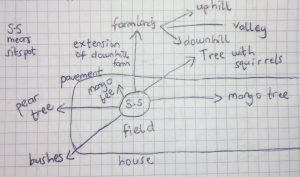
The moment I first heard about the assignment, I began to think of where my sit-spot would be. I suddenly remembered that I did not have to search too long and too far because it was right there in front of me. What? The vegetation that surrounds the house where I live. My motivation for a sit-spot choice increased when I learned that any place could be a good sit-spot. I decided that this place, I mean the field, would be ideal. This is because it would give me an opportunity to connect with nature. This strategic position possesses a number of natural features that could be explored during this exercise. It has nature-traffic. I sat some distance away from the house further into the field. A pavement separates the field from the downhill farm which is behind it.
There is an uphill farm after the downhill which can be seen from the field and there’s a valley between the two. This is covered by a thick bush. I saw all these in front of me like a large television screen except for the pear tree which is quite far from me and found in the west. There are two mango trees (Mangifera indica) which were close to where I was seated. One located north-west and the other, eastern. They are responsible for the litter on the field floor. There is an immature guava tree and a tree which accommodates squirrels (Sciuridae) on the downhill. There are also cassava plants (Manihot esculenta) on the downhill so it is dominated by green. The uphill is more of red because it is bare and its red soil is very noticeable.

My observation was quite stressed because of the sun which was overhead. I chose to sit away from the trees because I felt safer that way and that’s how a sit-spot should be (a place where you feel safe). The effect of the breeze no matter how small it was very much felt because it brought about a cooling and refreshing feeling. It had a neutral scent. This was accompanied with non-stop sounds of birds from the various angles. Sometimes they were loud and at other times they seemed to be heard from afar. If I had to describe all that in one word, I would say “noisy”. Looking between the grasses on the field upon which I sat, I discovered small brown ball-like structures. I could not identify them so I took a closer look. Behold, they were little mushrooms (Agaricus bisporus).
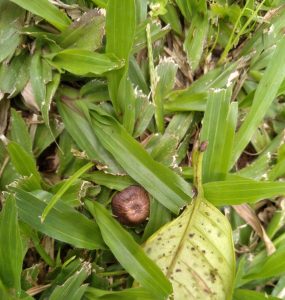
As I continued to sit and watch, I felt flies disturbing my feet, so I began to drive them away by waving my hands. I thought they were all house flies (Musca domestica) until I saw one moving on my left foot. It looked like an ant but a bulkier version of it. I am not clear as to what it was. I think it could be … I saw another animal, a mammal precisely. It was a female dog (Canis familiaris) approaching the area from the west. Perhaps she was looking for food. As soon as she saw me, she retreated. They were patches of dried excreta on the field and I suppose she contributed to that. Plus, the excreta looked like dog poo.
It is obvious that lizards (Agama agama) would hang around the pavement and around the large stones embedded in the field. I saw a small one pass by. I knew it came out to bask in the sun. I saw birds flying across the sky from one tree to another. I was not certain about their species. Some were multi-colored and others where plain brown. If I was asked to make a guess, I would say that perhaps they were pigeons (especially the brown ones) because that seems to be the most common bird type we have here. For the animals seen, one last group are the squirrels which have as habitat, the tree in the north-east (downhill). These are eastern gray. (Sciurus carolinensis)
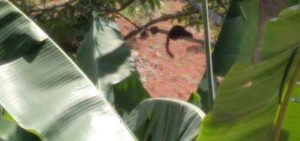

The sit-spot experience that day was practical. Some aspects of the Ecology topics covered in class were witnessed. For example; adaptions to terrestrial environments could be shown by the lizard on the pavement on a sunny day. This makes me recall the notion of heat transfer through conduction. Another adaptation could be seen from the trees which tried to reduce water loss by shedding their leaves which were scattered all over the field. I saw two brown leaves fall from the green canopy of the mango tree in the north-west. An explanation could be that these two leaves had shut up stomata which diminished transpiration rate but at the same time hindered the diffusion of CO2 into them. Therefore, they no longer carried out photosynthesis and so they withered. In addition to terrestrial adaptation, Harriet in There’s a Hair in my Dirt could be remembered. She thought birds loved to sing because they were “happy”. I concluded that the bird sounds were signals of mating-partner requests. No wonder, most birds flying across were in pairs. Here, I felt like I understood nature rather than just loving it like Harriet.
In order to indeed understand nature, one must study it. Therefore, I have chosen to focus on three objects around my sit-spot. The first is the field. Doing this will help me know how it is affected by temperature, precipitation and litter. For example; I could have an idea on which organism are likely to be seen among its grasses at particular times.
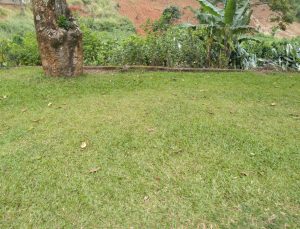
The second is the tender guava tree. I will like to discover how fast ripe guavas can be produced by it at this stage. I will also like to have an idea about how regularly it sheds its leaves. I also seek to know the kinds of organisms that inhabit it.

The third is the squirrels’ tree. I will like to see if it can really change and if the activities of the squirrels impact it in any way. I want to also find out if there are only squirrels living there.
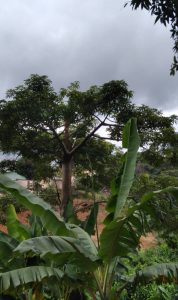

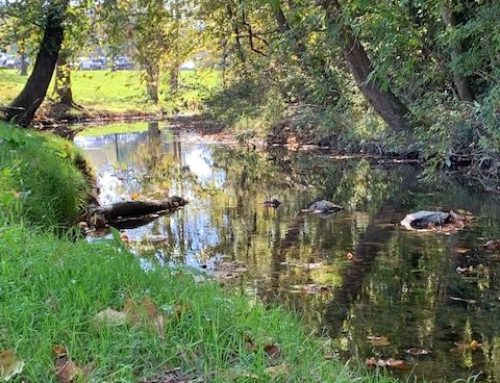
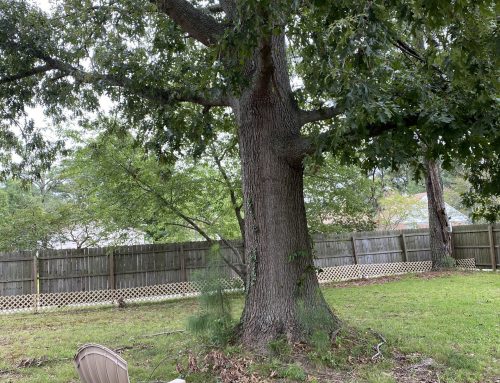
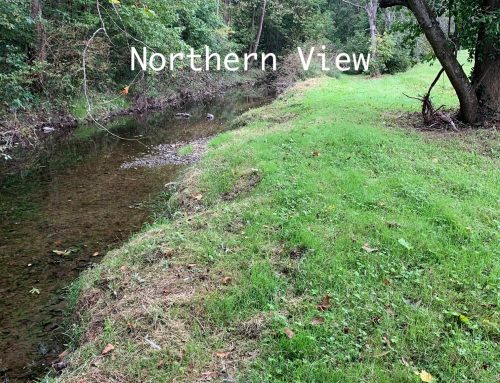
I really enjoyed seeing your little piece of the world Sheki. So much activity from bird song to lizards to insects to squirrels. I look forward to experiencing this little piece of the world through your eyes!